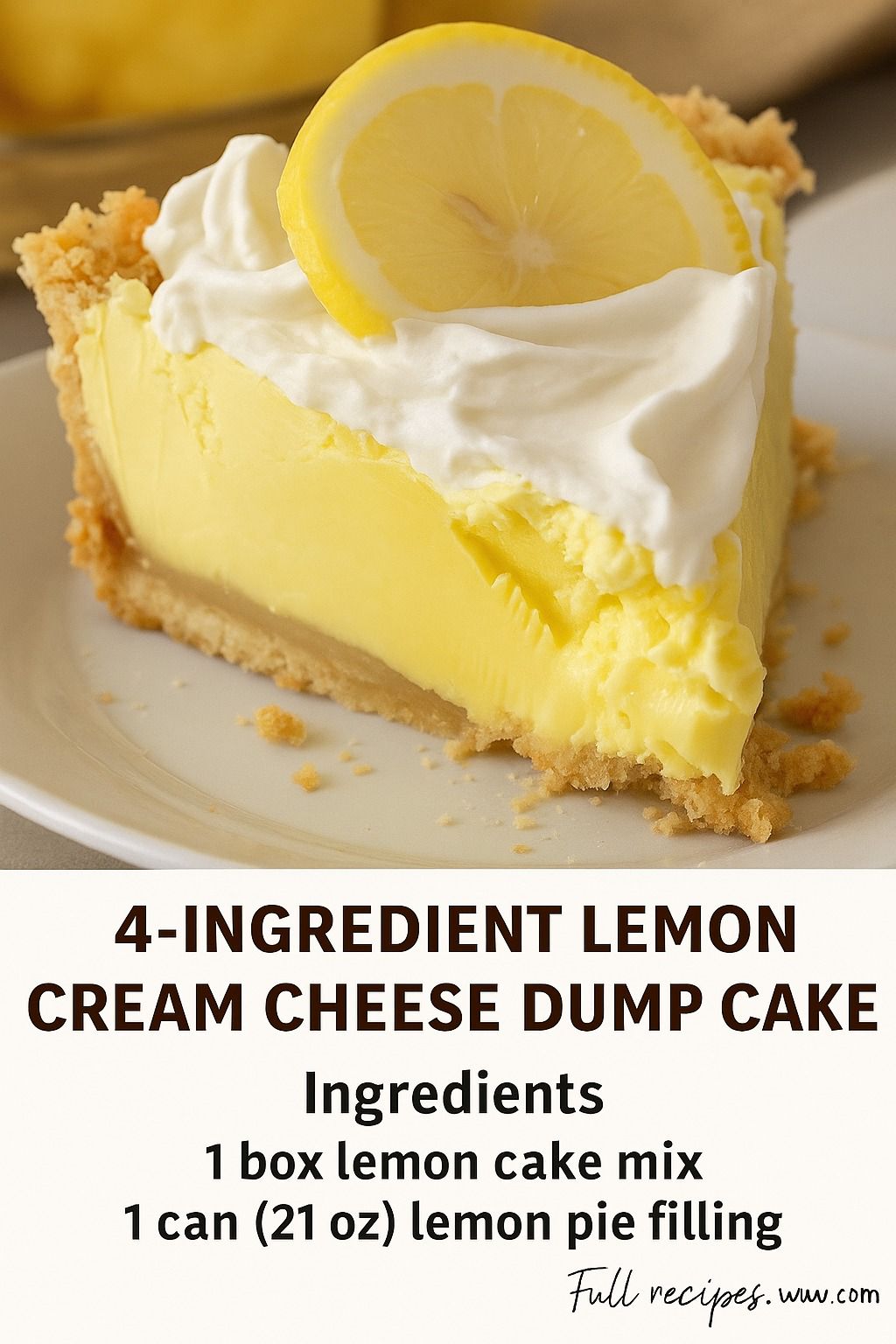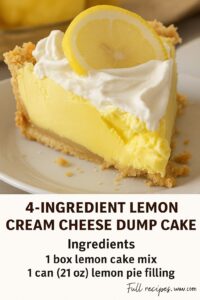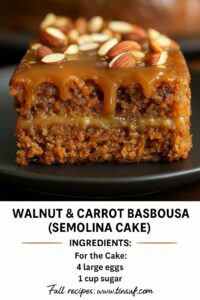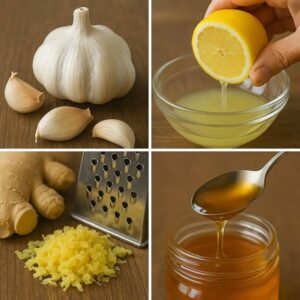Priscilla is so beautiful distress
Ever heard someone described as so beautiful it’s almost distressing? It’s a fascinating idea, isn’t it? Beauty, something we usually associate with pleasure and admiration, can somehow cause a sense of unease or even… well, distress. Let’s delve into what that really means and why we might feel that way.
The Allure and the Awe: What is Beauty Distress?
We’re talking about that almost overwhelming feeling you get when confronted with exceptional beauty, be it a person, a landscape, or a work of art. It’s not just simple appreciation; it’s a deeper, more complex emotion. Think of it as a beauty overload! It’s a response triggered by something perceived as so aesthetically perfect that it challenges our normal perceptions and expectations.

The Psychology Behind Feeling Overwhelmed by Beauty
Why does this happen? Psychology suggests several reasons:
- Cognitive Dissonance: We might subconsciously compare ourselves and feel inadequate. Seeing someone incredibly beautiful can trigger feelings of self-doubt.
- The Idealization of Beauty: Our society heavily emphasizes and idealizes beauty. When we encounter it in its most extreme form, it can feel unattainable and create a sense of disconnect.
- The “Too Good to Be True” Phenomenon: Sometimes, extreme beauty can feel almost unreal, like a mirage. This can lead to skepticism or distrust, a feeling that something else must be going on beneath the surface.
- Emotional Overload: Beauty can be incredibly powerful, evoking a range of emotions from joy to sadness. When these emotions are intense, they can be overwhelming and even distressing.

Priscilla’s Case: Deconstructing the ‘Beautiful Distress’
Let’s take “Priscilla” as an example. Imagine Priscilla possesses an ethereal, almost otherworldly beauty. She’s not just pretty; she’s captivating. The effect her appearance has on people could manifest in a few ways:
- Insecurity in Others: People might feel intimidated by her beauty and avoid interacting with her, leading to social isolation.
- Unrealistic Expectations: She might face constant pressure to maintain her appearance or be judged solely on her looks.
- Objectification: Sadly, extreme beauty can sometimes lead to objectification, where a person is valued primarily for their physical attributes rather than their character or intelligence.
These are just a few of the challenges that someone perceived as exceptionally beautiful might face.

Is “Beautiful Distress” a Compliment or a Cautionary Tale?
The phrase “beautiful distress” is complex. On one level, it’s a compliment highlighting exceptional beauty. However, it also carries a subtle warning. It hints at the potential downsides of being perceived as overwhelmingly beautiful. It’s a reminder that beauty, while often celebrated, can also be a burden.

Dealing with Beauty Overload (Whether You Experience It or Witness It)
So, how do we navigate this “beautiful distress,” whether we’re the ones feeling overwhelmed or witnessing it in others?
- Acknowledge the Feeling: Recognizing the complex emotions triggered by extreme beauty is the first step.
- Challenge the Ideal: Remind yourself that beauty standards are subjective and often unrealistic. Focus on inner qualities and character.
- Practice Self-Compassion: Be kind to yourself and avoid harsh comparisons.
- Look Beyond the Surface: Focus on connecting with people on a deeper level, appreciating their personalities and experiences rather than just their appearance.
- Celebrate Individuality: Recognize that beauty comes in many forms and that everyone has unique qualities to offer.

Conclusion: Beauty Beyond the Surface
The idea that someone is “so beautiful distress” highlights the complicated relationship we have with beauty. It reminds us that while we often admire and celebrate physical attractiveness, it’s essential to look beyond the surface and appreciate the inner qualities that truly make someone special. True beauty lies in kindness, compassion, and authenticity. Let’s strive to recognize and celebrate beauty in all its forms, both inside and out.














Post Comment